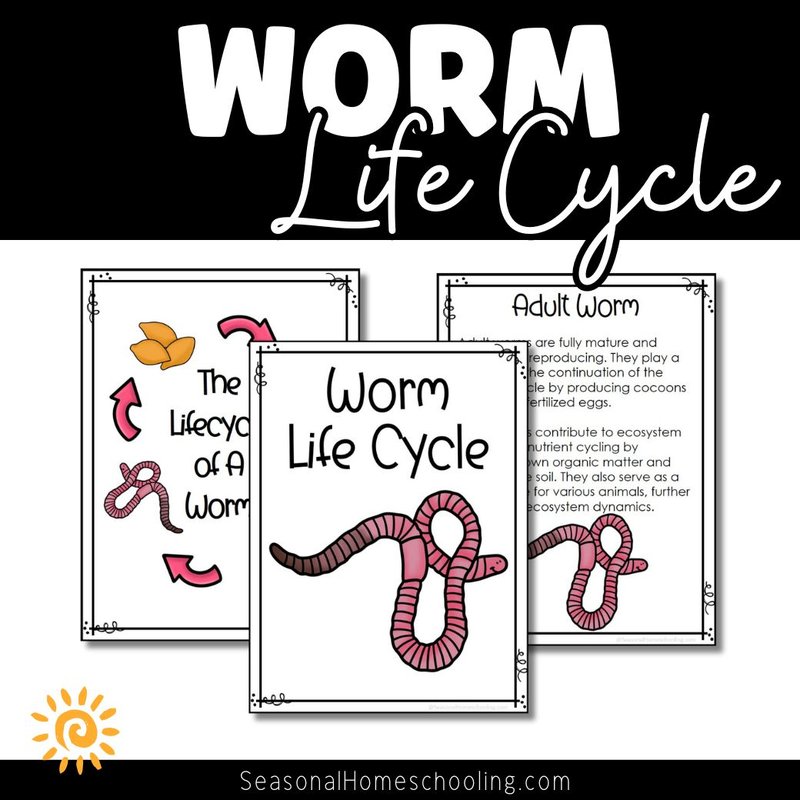
Hammerhead worms are known for their flat bodies and distinct head shapes that resemble the blade of a hammer. They might not win any beauty contests, but they sure have some interesting behaviors and lifecycle events that are downright captivating. If you’re looking to understand how these worms adapt to seasonal changes and what that means for their survival, you’re in the right place. Let’s dive into the fascinating world of hammerhead worms!
What Are Hammerhead Worms?
To really get into the seasonal life cycles of hammerhead worms, first, we need to identify what they are. Hammerhead worms belong to the family of flatworms called *Geoplanidae*. You might know them better as land planarians. These worms are primarily found in tropical and subtropical regions around the world, often thriving in moist environments like gardens and forests.
There are a few distinguishing features of hammerhead worms that make them easier to spot. For starters, they have a flattened body and a surprisingly wide head—shaped like a hammer, if you can visualize it. They can vary in color, often appearing in shades of brown, black, or even vibrant hues of blue and green. These worms are also known for their mobility; they can slither quickly and can even be seen gliding across the ground in search of food.
Understanding these foundational characteristics gives us a good backdrop as we explore their life cycles. Each season brings unique changes that affect their behavior and reproduction, which is what makes hammerhead worms such remarkable creatures.
Hammerhead Worm Life Cycle Stages
Let’s break down the life cycle of hammerhead worms into stages. Their lifecycle is quite straightforward but filled with interesting twists. It begins with the adults laying eggs in the soil, which hatch into juvenile worms. This initial stage is vital because it sets the groundwork for how these worms will thrive as they grow.
1. **Egg stage**: Hammerhead worms lay their eggs in protective capsules. Depending on the species and environmental conditions, these eggs can take anywhere from weeks to months to hatch. They need warm, moist soil to develop effectively, which is why you might find more hammerhead worms appearing in spring.
2. **Juvenile stage**: Once the eggs hatch, tiny juvenile worms emerge. These little guys aren’t just mini versions of adults; they have to adapt quickly to their surroundings. During this stage, they begin to hunt for food, primarily feeding on small invertebrates like earthworms and other soil-dwelling creatures.
3. **Adult stage**: As they grow, juvenile hammerhead worms undergo several molts, eventually becoming adults. Reaching maturity usually takes a few months, depending on factors like temperature and food availability. Adult hammerhead worms can live for about one to two years, during which they can mate and produce the next generation.
Understanding these stages helps explain why you might see a boom in hammerhead worm populations during particular seasons, especially in the warmer months.
Seasonal Changes in Hammerhead Worm Behavior
Seasonal changes affect hammerhead worms in numerous ways. From their feeding habits to breeding cycles, each season brings its unique rhythm. **Spring and summer** are like a buffet for these worms. The warmer temperatures and increased moisture create ideal conditions for feeding and reproduction.
– **Spring**: As temperatures rise, hammerhead worms become more active. You might notice them creeping around your garden or local parks, searching for food. The wet soil makes it easier for them to navigate, and the abundance of available prey means they can grow quickly.
– **Summer**: This is peak season for hammerhead worms. With plenty of food and optimal conditions, adult worms mate, laying down the next generation’s eggs. If you’re gardening during this time, you might spot numerous hammerhead worms, making it a common sight.
However, as **autumn** sets in, these worms prepare for the cool down. Their activity level decreases as temperatures drop, and they may start to retreat deeper into the soil. This is a natural survival tactic to conserve energy and maintain moisture levels.
Finally, during **winter**, the cold temperatures might force hammerhead worms into a state of dormancy. They slow down significantly, often remaining buried in the soil until conditions improve. This cyclical pattern illustrates how well adapted they are to their environment.
Environmental Factors Influencing Their Lifecycle
You might be wondering what factors can impact hammerhead worms’ lifecycle and seasonal behaviors. It all comes down to the environment they inhabit. Climate plays a crucial role in determining population swings, feeding habits, and reproduction cycles.
**Moisture levels** are key for hammerhead worms. They thrive in humid conditions, so a rainy season can lead to a surge in their populations. Conversely, during droughts or dry spells, you may notice a decline, as these worms need moisture to survive.
**Temperature** is another big factor. Hammerhead worms love warmth, so when the weather starts to cool down, they become less active. Over time, changes in climate could also alter their habitat, affecting their lifecycle patterns.
So, as your local climate fluctuates, it’s entirely possible that hammerhead worm populations will respond accordingly. That’s nature for you—always adapting and changing!
The Role of Hammerhead Worms in the Ecosystem
Now, why should we even care about hammerhead worms? First off, they play an important role in their ecosystems. As predators of other soil-dwelling invertebrates, they help maintain the balance of soil life.
By preying on earthworms and other small organisms, hammerhead worms contribute to nutrient cycling within the soil. This makes them invaluable to gardeners and farmers alike. They help keep pest populations in check, promoting healthy plant growth.
Moreover, their presence can indicate soil health. A thriving hammerhead worm population can mean that the soil is rich and well-aerated. When conditions go south, and these worms start disappearing, it’s often a sign that something is off with the ecosystem.
So next time you see one of these peculiar creatures in your yard, remember that they’re not just squiggly nuisances but vital players in the grand game of nature!
How to Deal with Hammerhead Worms
If you find yourself with a hammerhead worm problem, you might wonder how to handle it. While they can be fascinating to observe, they can sometimes invade gardens and disrupt local ecosystems.
– **Manual removal**: The simplest approach is to remove them manually. If you prefer not to harm them, it’s best to relocate them to a nearby wild area where they can thrive without causing issues.
– **Natural deterrents**: You could consider using natural methods to deter them. Certain essential oils or organic repellents may help keep these worms at bay. Just make sure to research safe options that won’t harm other beneficial insects in your garden.
– **Encourage biodiversity**: Increasing biodiversity in your garden can help manage hammerhead worm populations. Introduce other beneficial organisms that can keep their numbers in check, promoting a healthier ecosystem overall.
Remember, every creature has a role, even if they aren’t always beneficial to us. Understanding the seasonal life cycle patterns of hammerhead worms helps us cohabit with them rather than fight against them.
In summary, studying the seasonal life cycle patterns of hammerhead worms reveals a lot about their resilience and roles in our ecosystems. By understanding their behaviors and environmental needs, we can appreciate these unique creatures while also managing their impact in our gardens. Whether you love them or prefer to keep them at a distance, hammerhead worms are here to stay. So next time you see one, you’ll know there’s a lot more going on under that flat, hammer-shaped head!

